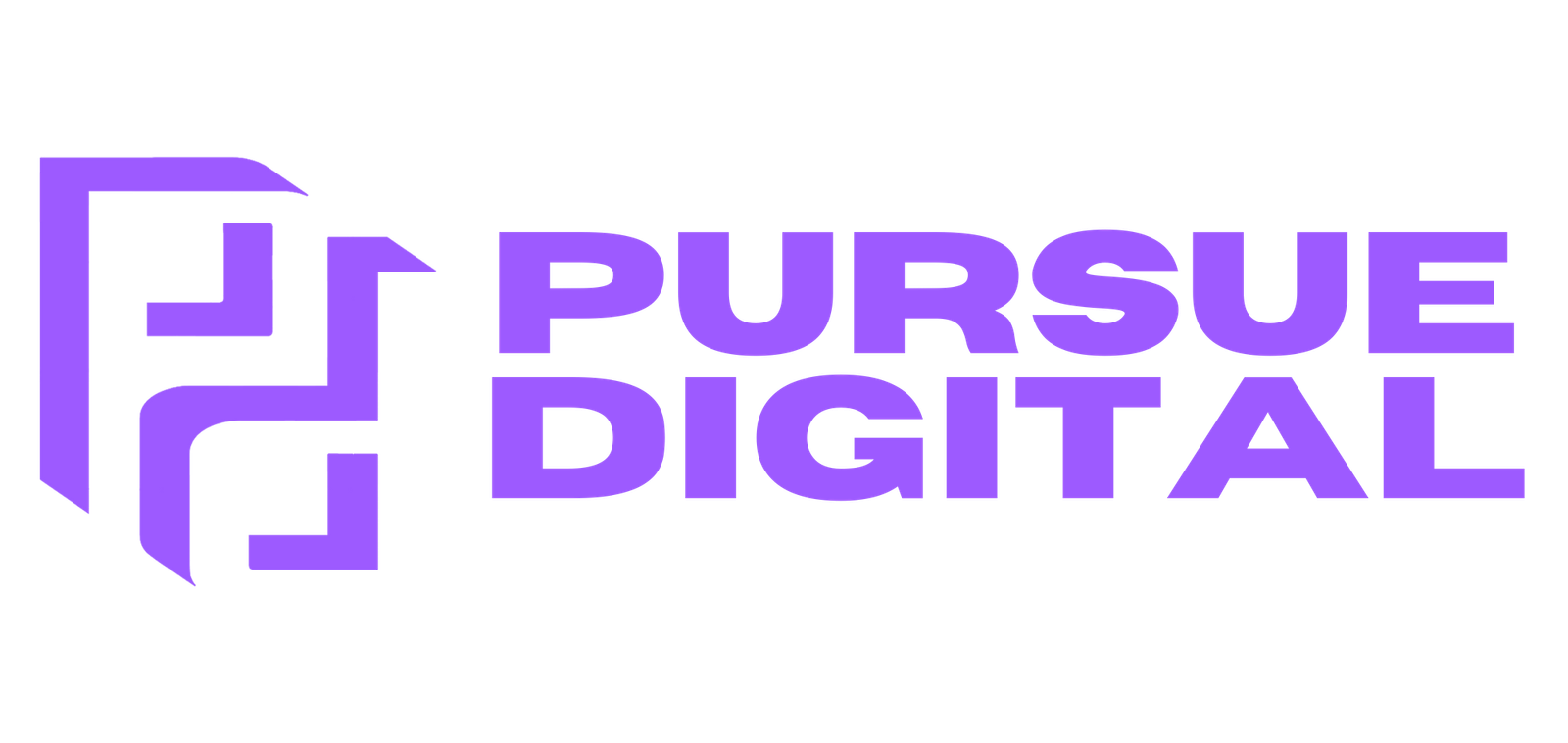Your website represents a valuable asset and potentially a vulnerable entry point for cyberattacks. As cyber threats continue to evolve in sophistication and frequency, implementing robust security measures isn’t just recommended, it’s essential. This guide will walk you through the fundamental steps to secure your website against common threats and build a strong security foundation.
Understanding the Threat
Before going into protective measures, it’s important to understand what you’re up against. According to the 2024 Verizon Data Breach Investigations Report, web application attacks account for over 43% of all data breaches, with small to medium-sized businesses increasingly becoming targets. Cybercriminals are attracted to websites for several reasons:
- Access to sensitive customer data
- Payment information
- Potential to spread malware
- Opportunities for ransomware attacks
- Using compromised sites as launchpads for other attacks
Essential Website Security Measures
1. Keep Everything Updated
Perhaps the simplest yet most overlooked security measure is keeping all software updated. This includes:
- Content Management System (CMS) core files
- Themes and plugins/extensions
- Server operating systems
- Web server software
- Database software
2. Implement HTTPS with Proper SSL/TLS
HTTPS has transitioned from a nice-to-have feature to an absolute necessity. Beyond the SEO benefits, proper SSL/TLS implementation:
- Encrypts data transmitted between users and your website
- Builds visitor trust with visual security indicators
- Protects against man-in-the-middle attacks
- Helps comply with data protection regulations
Implementation tips
- Use a reputable certificate authority
- Implement HSTS (HTTP Strict Transport Security)
- Configure proper redirects from HTTP to HTTPS
- Regularly check SSL/TLS configuration with tools like Qualys SSL Labs
3. Strong Authentication Practices
Weak authentication remains one of the leading causes of security breaches.
Enforcing strong password policies
- Require complex passwords (12+ characters with a mix of uppercase, lowercase, numbers, and special characters)
- Implement maximum login attempts
- Set mandatory password rotation for administrative accounts
Implementing multi-factor authentication (MFA)
- According to Microsoft’s 2024 Digital Defense Report, MFA blocks 99.9% of automated attacks
- Prioritize MFA for all administrative accounts
- Consider offering MFA options for customer accounts
4. Website Backups
Regular backups serve as your ultimate safety net. In the event of a successful attack, having recent, clean backups can be the difference between a minor inconvenience and a catastrophic data loss.
Backup best practices
- Create automatic backups on a regular schedule
- Store backups in multiple locations (local and cloud)
- Encrypt backup files
- Regularly test backup restoration processes
- Maintain backups for an appropriate retention period
5. Web Application Firewall (WAF)
A Web Application Firewall acts as a shield between your website and potential attackers by filtering and monitoring HTTP/HTTPS traffic. Popular WAF options include:
- Cloudflare
- Sucuri
- AWS WAF
- ModSecurity (open-source)
A properly configured WAF can protect against common attack vectors like:
- SQL injection attempts
- Cross-site scripting (XSS)
- Cross-site request forgery (CSRF)
- DDoS attacks
6. Input Validation and Output Sanitization
Many web attacks exploit poorly handled user inputs. Protect your site by:
- Validating all user inputs on both client and server sides
- Implementing proper error handling that doesn’t reveal sensitive information
- Using parameterized queries to prevent SQL injection
- Sanitizing outputs to prevent XSS attacks
- Implementing Content Security Policy (CSP) headers
7. Regular Security Scanning and Penetration Testing
Proactive security assessment helps identify vulnerabilities before attackers can exploit them.
Automated security scanning:
- Schedule regular automated scans with tools like Nessus, OpenVAS, or Acunetix
- Set up alerts for newly discovered vulnerabilities
- Implement file integrity monitoring to detect unauthorized changes
Penetration testing:
- Consider annual professional penetration testing
- Focus on testing high-risk areas like payment processing, user authentication, and data storage
- Address identified vulnerabilities according to severity
Specific Security Measures by Platform
WordPress Security
As the most popular CMS, WordPress is frequently targeted. Specific security measures include:
- Using security plugins like Wordfence, Sucuri, or iThemes Security
- Limiting login attempts
- Changing the default admin username
- Disabling file editing within the dashboard
- Implementing custom login URLs
E-commerce Platform Security
For online stores, additional security measures are critical.
- Ensuring PCI DSS compliance for payment processing
- Implementing fraud detection tools
- Using tokenization for sensitive payment data
- Setting appropriate user permissions for staff accounts
- Regularly auditing transaction logs
Handling a Security Breach
Despite best efforts, breaches can still occur. Having a response plan ready is crucial.
- Containment: Immediately take affected systems offline if necessary
- Investigation: Determine the breach source and extent
- Remediation: Remove malware, patch vulnerabilities, reset credentials
- Recovery: Restore from clean backups once systems are secured
- Notification: Inform affected users/customers as required by regulations
- Analysis: Conduct a post-mortem to prevent similar incidents
Conclusion
Protecting your website from cyber threats requires a multi-layered approach that combines technical controls, proper configurations, regular monitoring, and human vigilance. By implementing the security measures outlined in this guide, you’ll significantly reduce your website’s vulnerability to common attacks and build a foundation for ongoing security improvements.
Remember that website security is never “complete”—it requires continuous attention and adaptation as new threats emerge. Invest time and resources proportionate to the value of the assets you’re protecting, prioritizing measures that address your specific risk profile.





